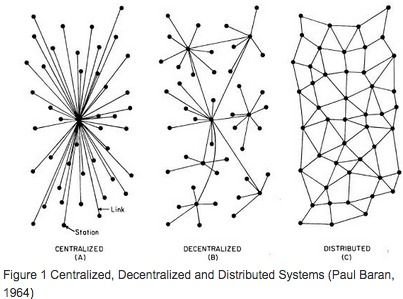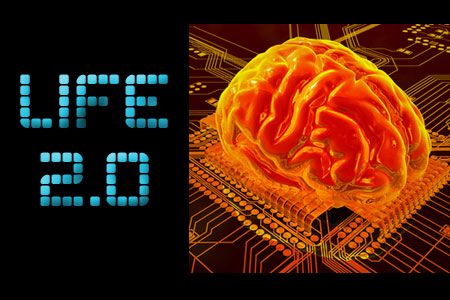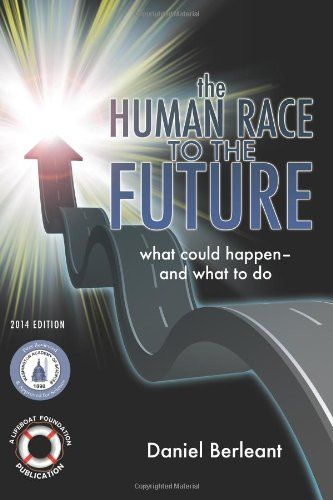The White Swan’s Beyond Eureka and Sputnik Moments: How To Fundamentally Cope With Corporate Litmus Tests and With The Permanent Impact of the Dramatic Highly Improbable And Succeed and Prevail Through Transformative and Integrative Risk Management! [TREATISE EXCERPT]. By © Copyright 2013, 2014 Mr. Andres Agostini — All Rights Reserved Worldwide — « www.linkedin.com/in/andresagostini AND www.AMAZON.com/author/agostini » — The Lifeboat Foundation Global Chief Consulting Officer and Partner, Lifeboat Foundation Worldwide Ambassador —
(An Independent, Solemn, Most-Thorough and Copyrighted Answer. Independence, solemnity, thoroughness, completeness, detail, granularity of details, accuracy and rigor, hereunder, will be then redefined by several orders of nonlinear magnitude and without a fail).
[TREATISE EXCERPT].
To Nora, my mother, who rendered me with the definitiveness to seek the thoughts and seek the forethoughts to outsmart any impending demand and other developments. To Francisco, my father: No one who has taught me better. There is no one I regard most highly. It is my greatest fortune to be his son. He endowed me with the Agostini family’s charter, “…Study and, when grown up, you will neither be the tyrants’ toy, nor the passions’ servile slave…” I never enjoyed a “…Mom…”, but considerably enjoyed a gargantuan courageous Mother, Father, Grandparents and Forbears.
Continue reading “The White Swan's Beyond Eureka and Sputnik Moments! [TREATISE EXCERPT] By Mr. Andres Agostini at www.AMAZON.com/author/agostini” »


 Quoted: “Bitcoin technology offers a fundamentally different approach to vote collection with its decentralized and automated secure protocol. It solves the problems of both paper ballot and electronic voting machines, enabling a cost effective, efficient, open system that is easily audited by both individual voters and the entire community. Bitcoin technology can enable a system where every voter can verify that their vote was counted, see votes for different candidates/issues cast in real time, and be sure that there is no fraud or manipulation by election workers.”
Quoted: “Bitcoin technology offers a fundamentally different approach to vote collection with its decentralized and automated secure protocol. It solves the problems of both paper ballot and electronic voting machines, enabling a cost effective, efficient, open system that is easily audited by both individual voters and the entire community. Bitcoin technology can enable a system where every voter can verify that their vote was counted, see votes for different candidates/issues cast in real time, and be sure that there is no fraud or manipulation by election workers.”
 Based on the Bloomberg TV program “The Next Space Race” and other reliable sources, I determine the realistic payload costs goals for the next generation of private space companies.
Based on the Bloomberg TV program “The Next Space Race” and other reliable sources, I determine the realistic payload costs goals for the next generation of private space companies.








